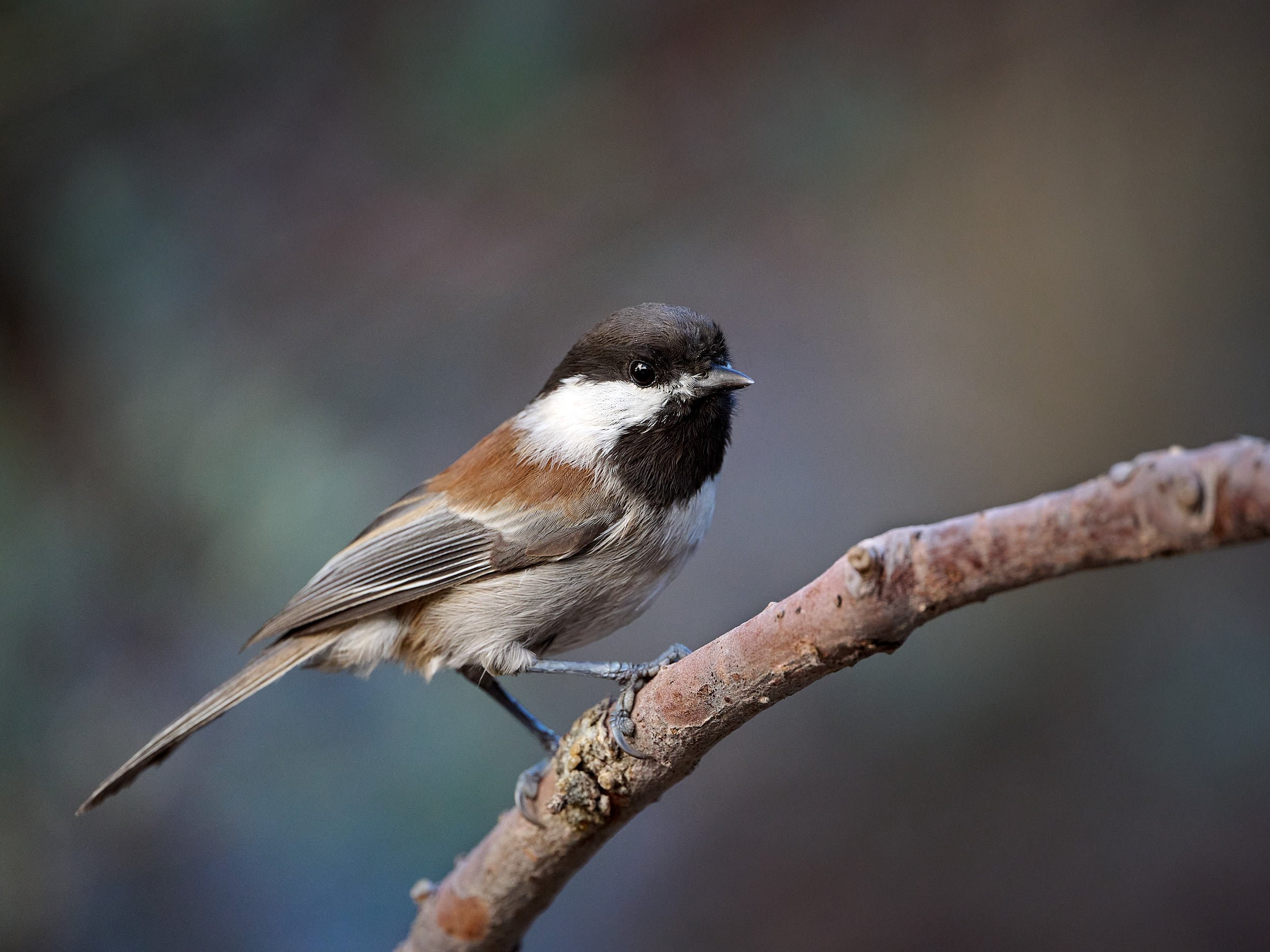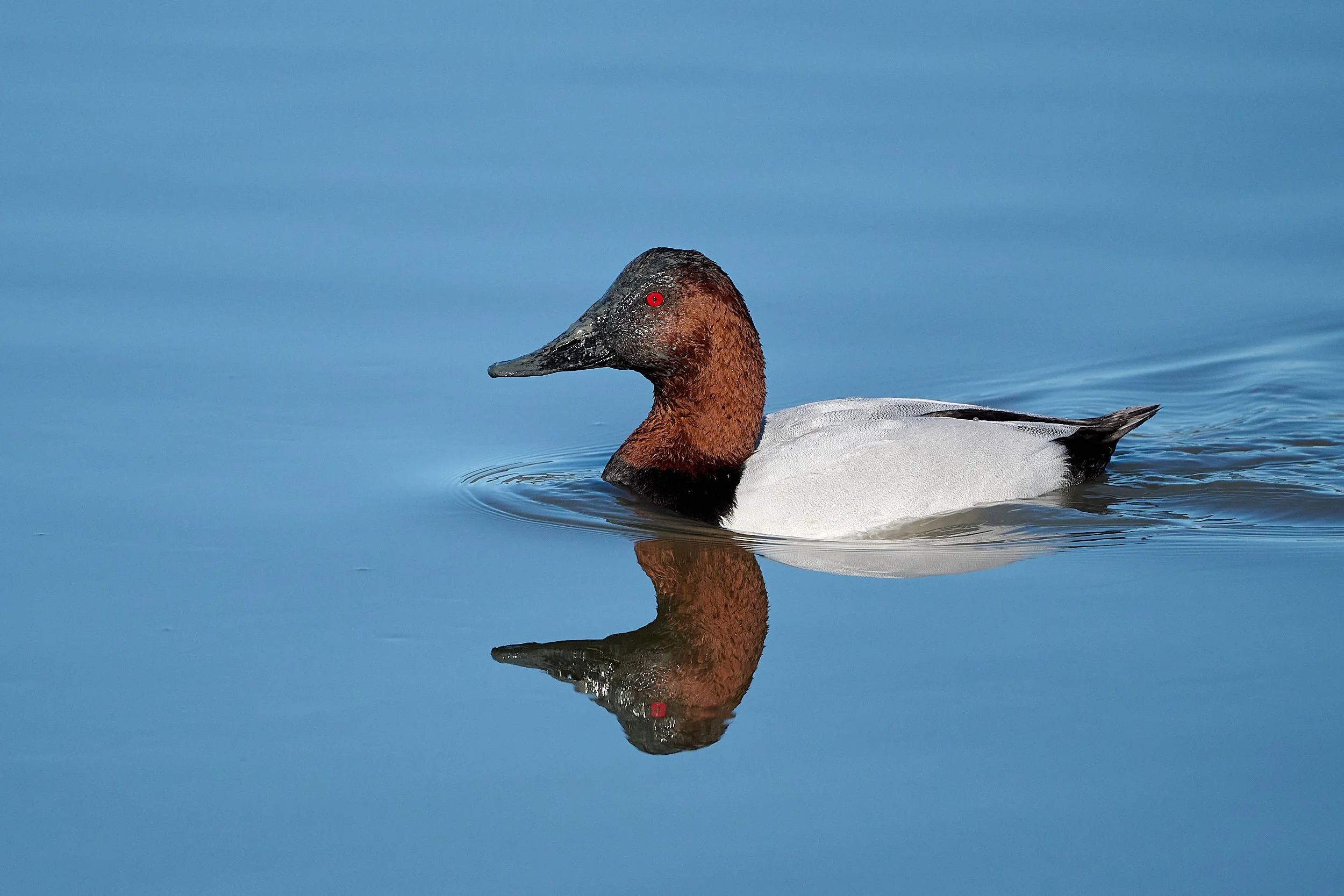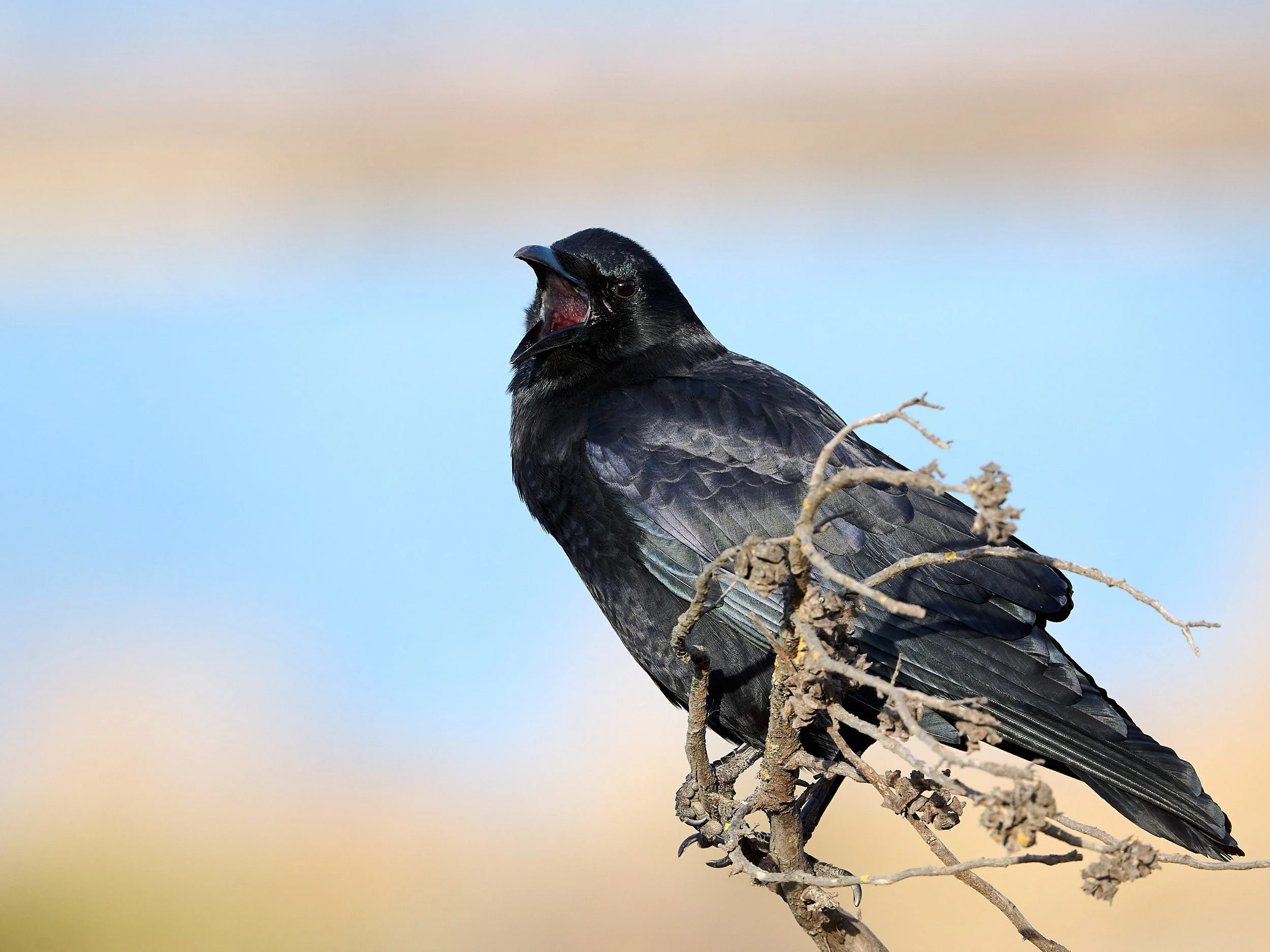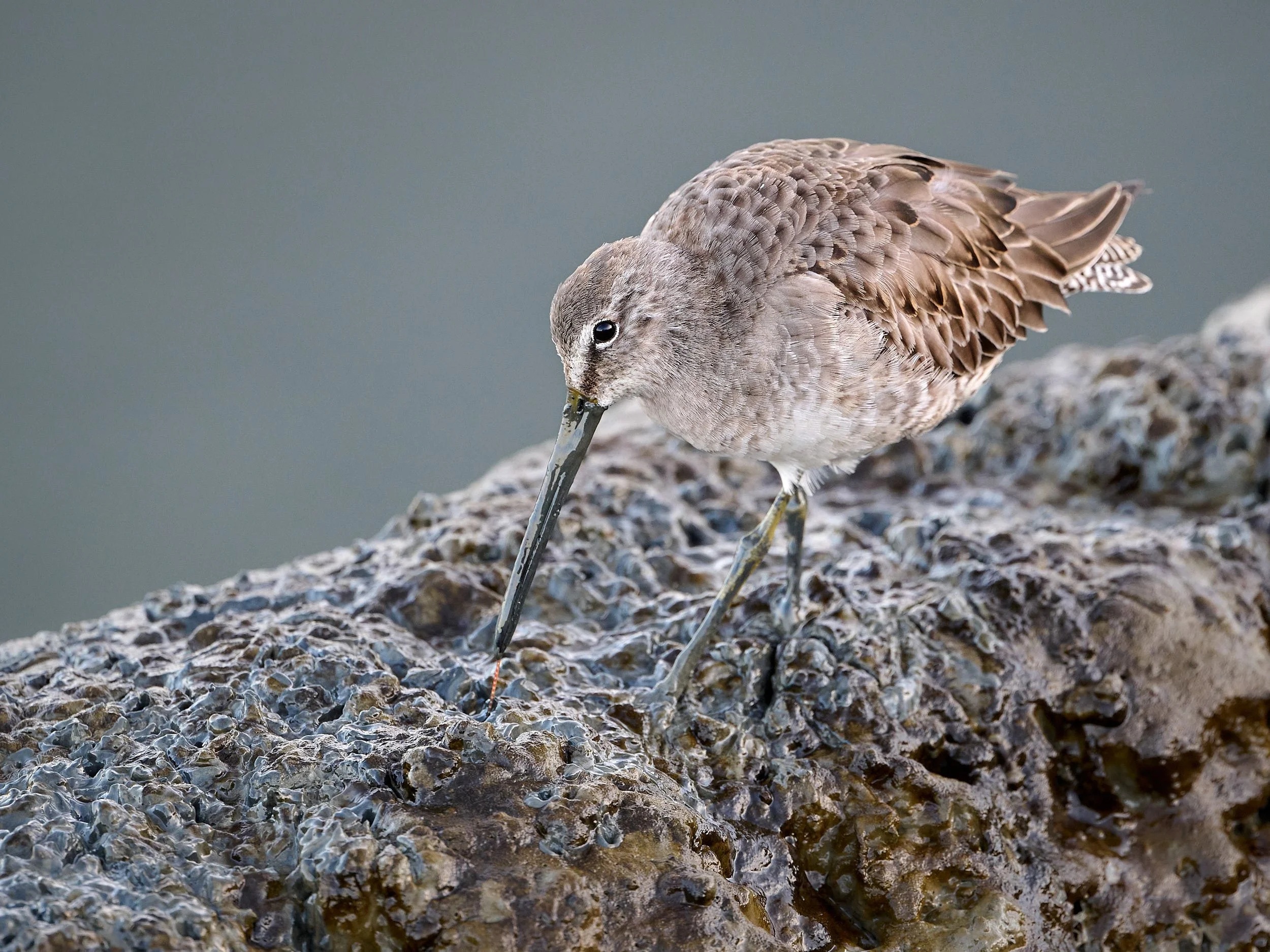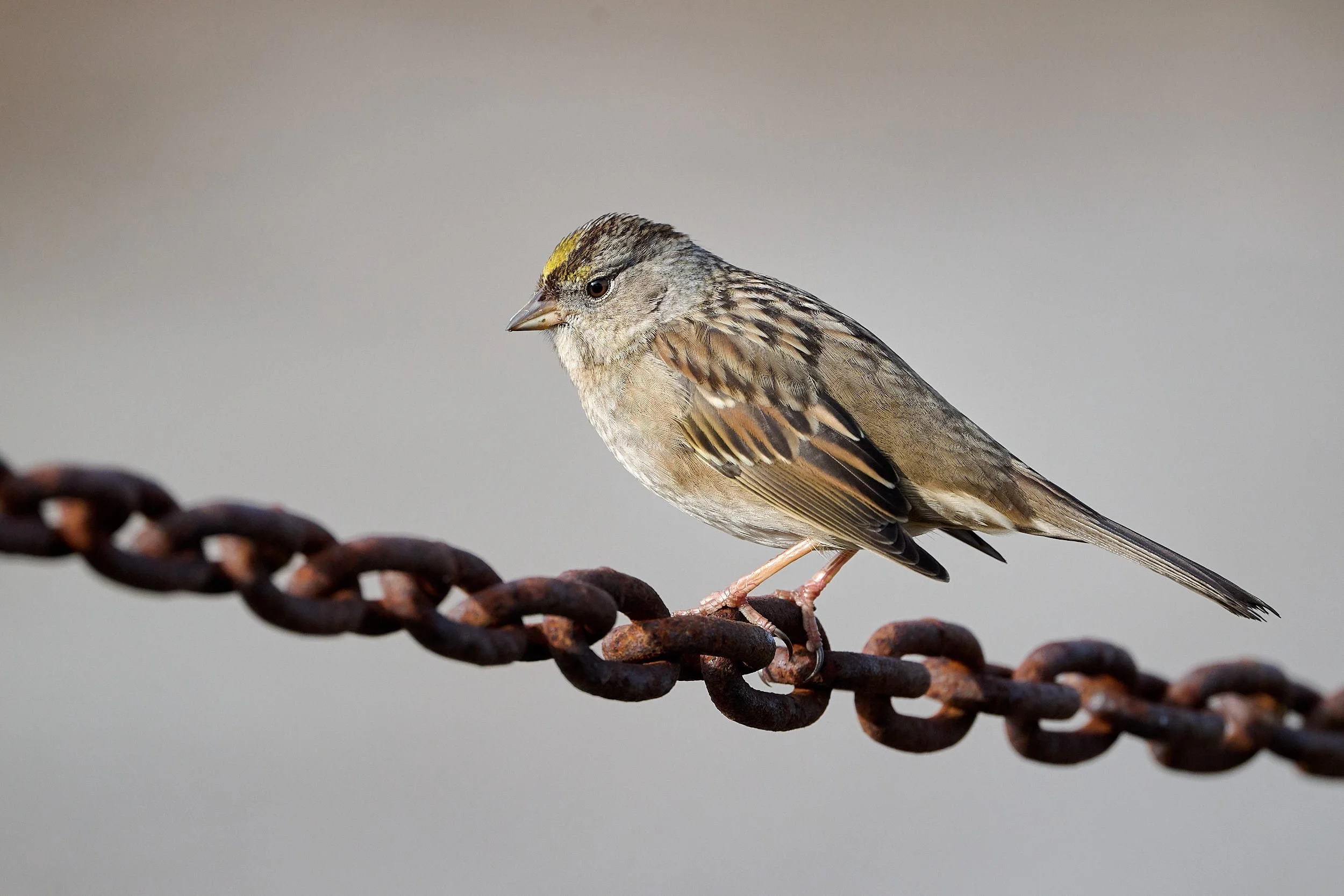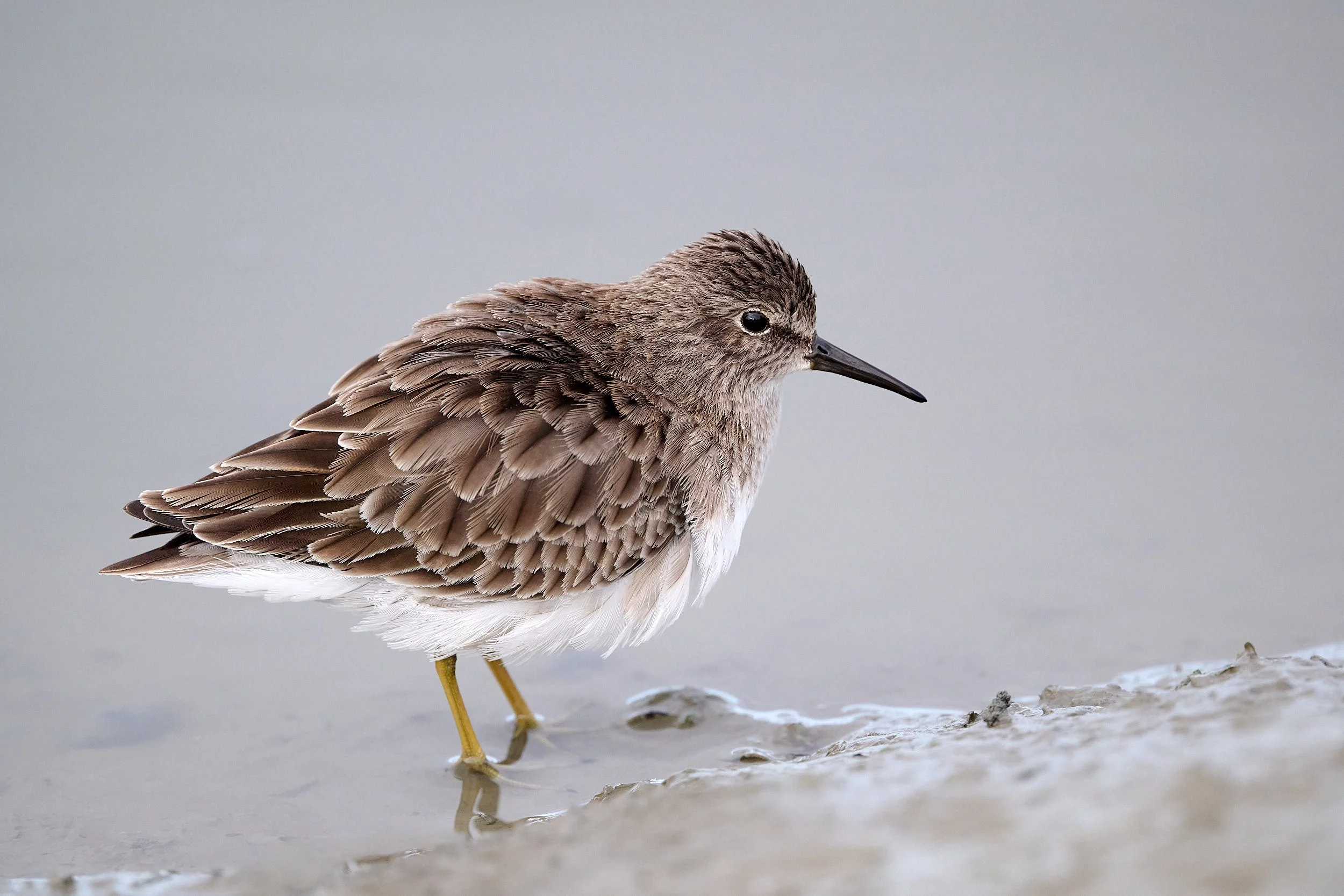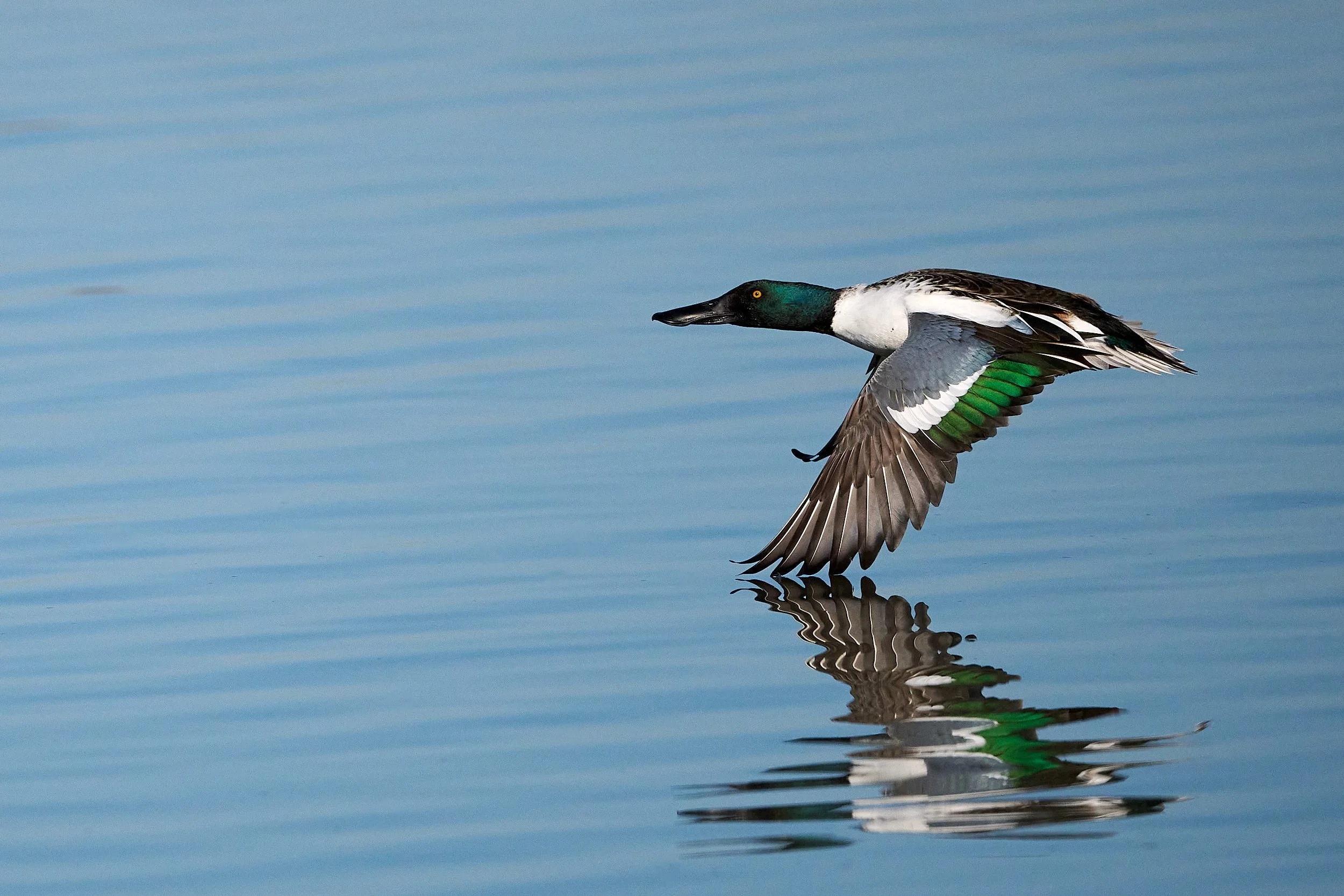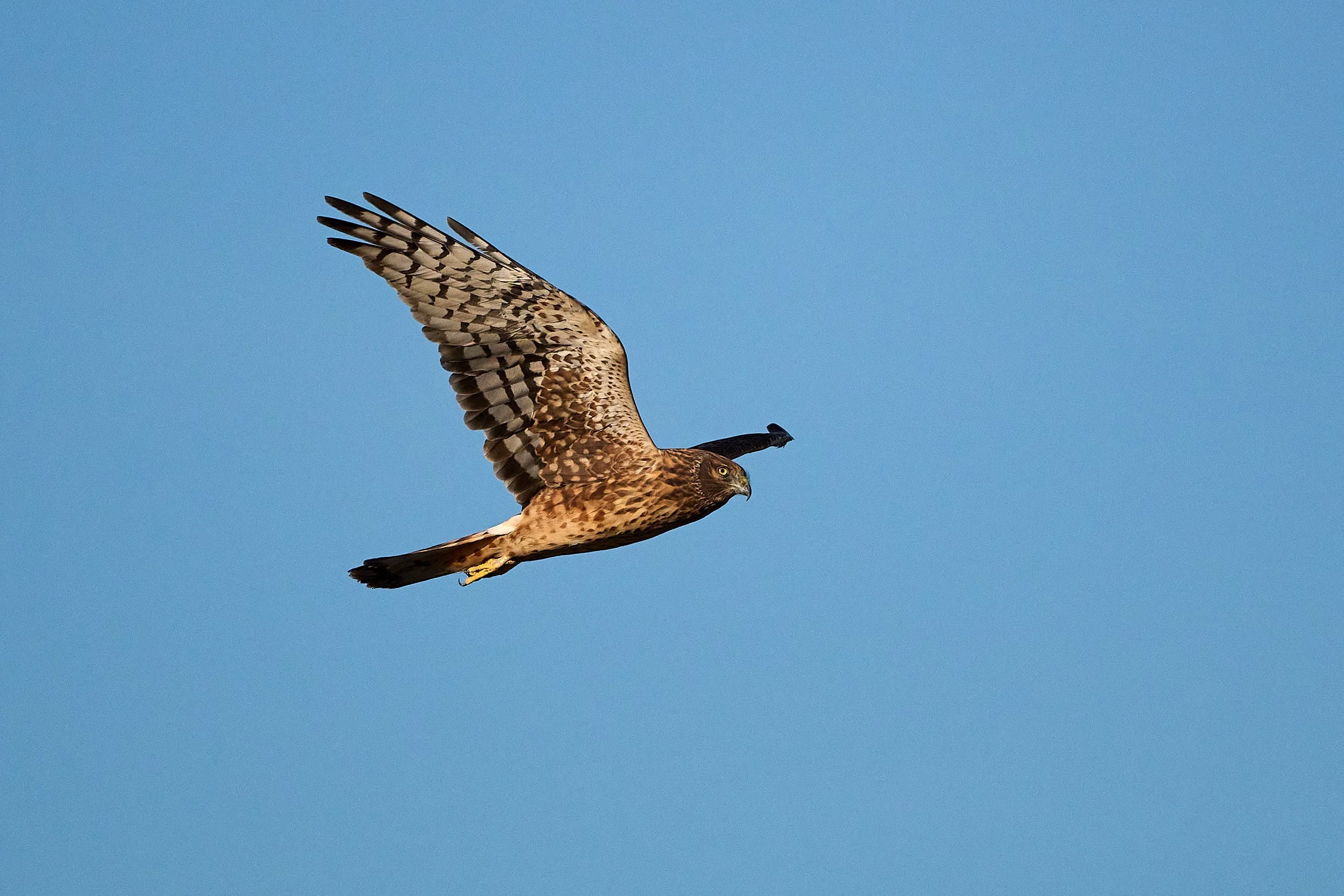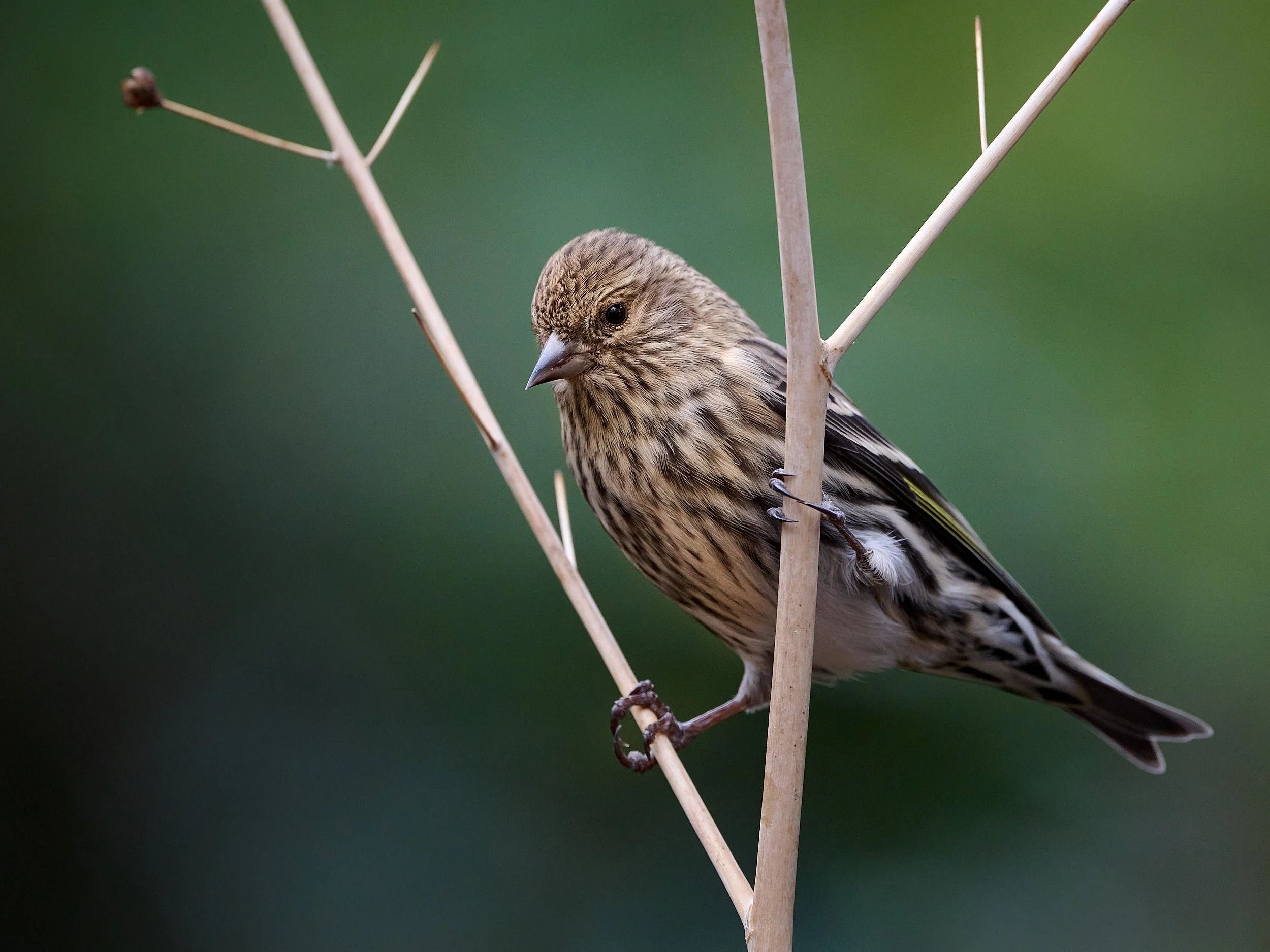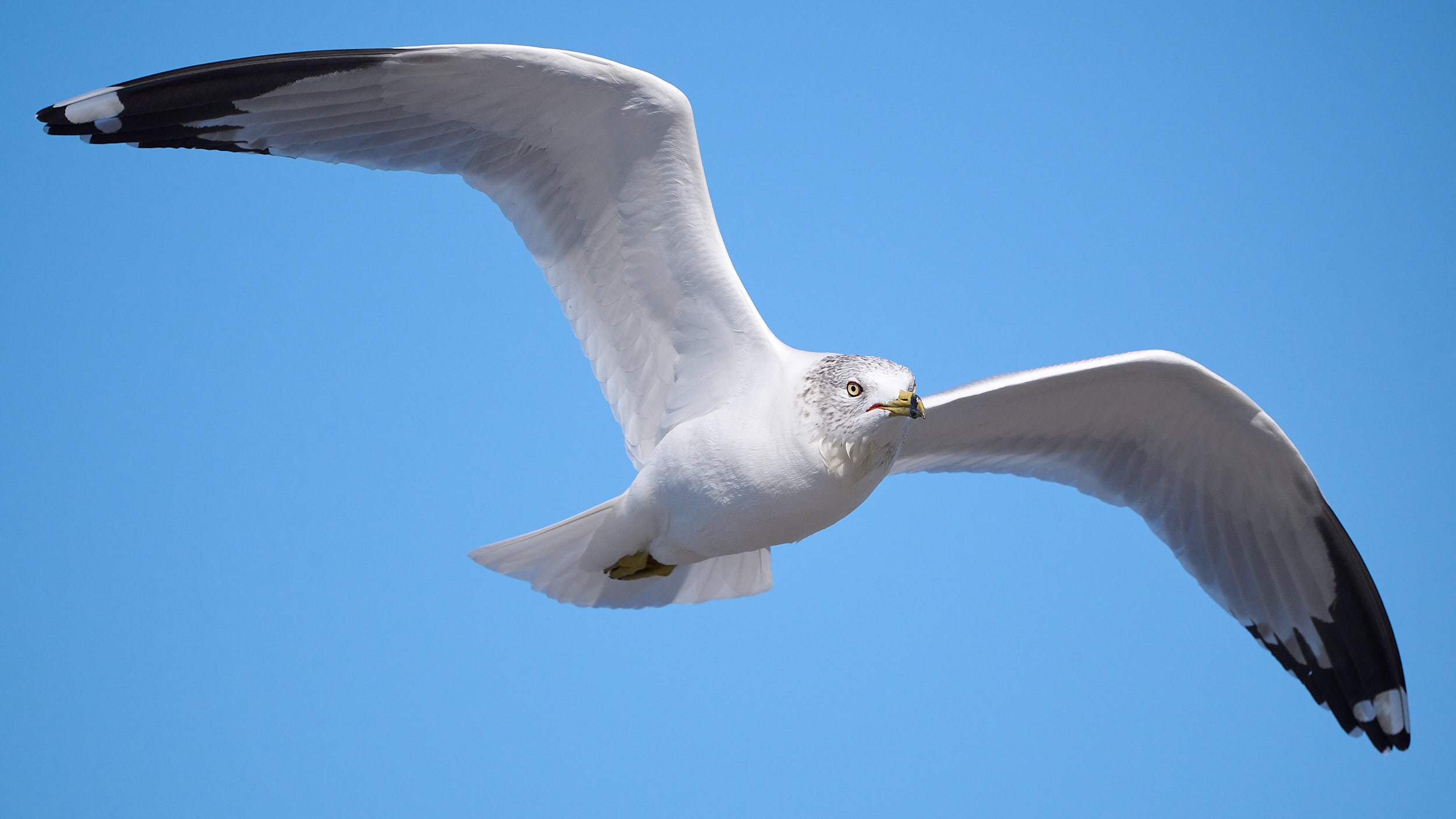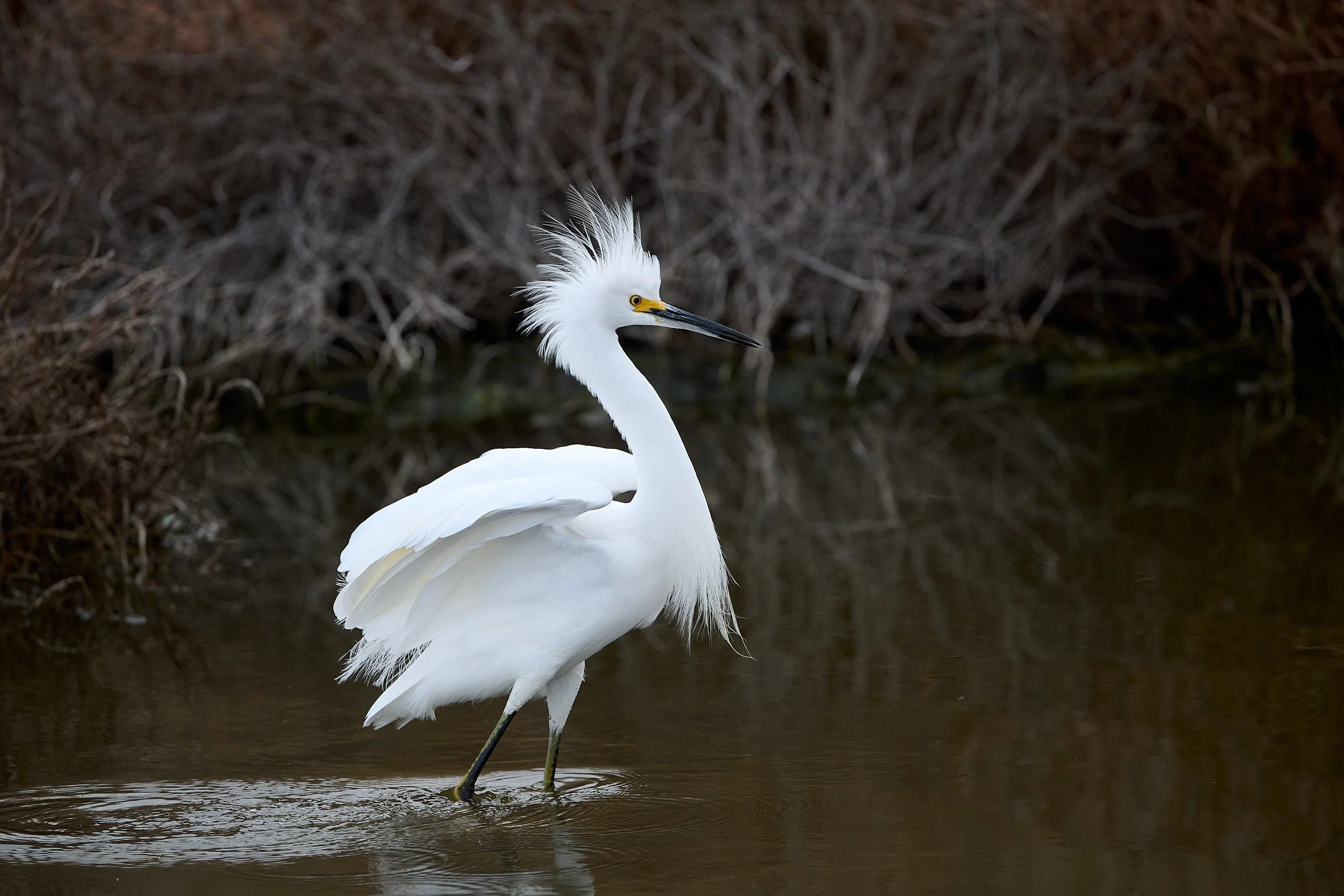Local Birdlife: October 2023 to January 2024
Chestnut-backed Chickadee
Winter
During the winter months, the San Francisco Bay region transitions to cool days, lingering fog, large tidal fluctuations, powerful waves and wetter weather. People busy themselves in a burst of socialization, over-consumption and consumerism. Some avian migrants move south to warmer climes, others arrive to over-winter by the Bay. All-year residents continue to frequent our backyard bird feeders.
The Birds
The images below are biased towards south Bay bird species that are common and relatively easy to approach. It was fun to observe and photograph them.
All the bird facts provided are from Birds of the World, The Cornell Lab of Ornithology.
Hope you enjoy the gallery.
Anna’s Hummingbird.
Destined for a change in nomenclature because the American Ornithological Society has announced that all North American birds will no longer be named after people.
American Avocets in their winter (non-breeding) plumage.
Avocets are quite tolerant of humans and will often continue their feeding activities. They are opportunistic generalists and eat a wide variety of insects, invertebrates, fish and seeds.
Avocets use three visual feeding methods: Pecking, Plunging, and Snatching; and 6 tactile feeding methods: Bill Pursuit, Filtering, Scraping, Single Scything, Multiple Scything, and Dabble Scything.
Pecking consists of visual search for prey while standing still or walking slowly, followed by a quick jab of the bill to capture prey on mud or near the water surface. Pecking is more common in loose aggregations of individuals. In Plunging, the head and upper breast enter the water to capture food from within the water column. Snatching is the capture of a flying insect with the bill.
Bill Pursuit is a rarely observed behavior where an individual rapidly opens and closes it's bill while moving it erratically along a shallow water surface. Birds use Bill Pursuit probably to collect small rapidly moving organisms from the water (e.g., Daphnia spp.). In Filtering, the bill opens and closes rapidly while moving over mud; the feeding bird then pauses to swallow. Scraping is extending of the neck to move the bill 5–20 cm forward through the mud followed by swallowing.
The images show Single Scything.
In Single Scything, the bill is held open slightly at the level of the muddy substrate and moved from one side to the other; one step occurs between each swipe, and the swipe moves toward the leading foot. Multiple Scything resembles Single Scything except the bill is not raised in between steps and is much more rarely observed although more common in dense flocks. Dabble Scything is similar to Single Scything, but is performed while swimming; the bird tips up from a swimming or deep wading position to bring its bill in contact with the substrate. A backward kick of the feet maintains the tipped position during Dabble Scything. Birds use Dabble Scything only while swimming; accompanied by upended position similar to that of dabbling ducks.
Black-crowned Night Heron at dawn.
Bewick’s Wren - another species to lose its common name.
Black Phoebe delicately consuming a wasp. In California, bees and wasps are a major component of a Black Phoebe’s diet.
Black-necked Stilts.
While wading, they feed in shallow water at any depth up to the height of the breast, which they avoid getting wet. Foraging depths appear slightly different from those utilized by American Avocets; primarily related to the longer legs of Black-necked Stilts.
Canvasback
This is an exclusively North American species; an omnivorous duck that prefers winter buds, tubers, rhizomes, and root stalks of submergent plants, as well as benthic invertebrates. The Canvasback is an adroit diver, diving to depths of more than 9 meters.
Canada Goose
California Gull, shaking off water in mid-flight.
California Towhee. The species typically inhabits chaparral and underbrush in oak woodland.
Common Raven
American Crow
Double-crested Cormorant
Long-billed Dowitcher (probably).
The Long-billed and Short-billed Dowitchers are similar in appearance. The Long-billed’s bill is often twice the length of its head. Primaries do not extend beyond tail in perched Long-billed Dowitcher , whereas Short-billed wings typically extend 2–3 mm beyond the tail. In flight, the feet of Long-billed extend more past the tail than in Short-billed.
Dunlin
The birds wintering in the Bay area have migrated from their coastal breeding areas in the low arctic / subarctic North America. Generally, Dunlin are one of the last shorebird species to leave the breeding grounds, with most adults and juveniles traveling together.
Golden-crowned Sparrow
Around the turn of the twentieth century, miners of the Klondike and elsewhere in the Yukon Territory, British Columbia, and Alaska knew the Golden-crowned Sparrow as the "No Gold Here" bird, and disliked it because it repeatedly sang this unpleasant, but often correct, phrase.
Great Egret
Consummate fisher. Hooray for the fish that got away!
Green-winged Teal
House Finch
Lesser Goldfinch
A flock of up to 20 birds frequent our backyard.
Least Sandpiper
The species breeds in subarctic tundra and far northern boreal forest over much of North America. It prefers coastal wetlands or sedge meadows for nesting. Western populations migrate down the Pacific Coast to northwestern South America.
The Least Sandpiper is monogamous, lays a single clutch, and has a high degree of breeding-site fidelity. It defends nesting territories and is vocal during courtship. It is relatively tame compared to other shorebirds, often allowing close approach by humans.
Lesser Yellowlegs
Lesser Yellowlegs are often found in the company of their larger congener, the Greater Yellowlegs. With a little practice, these two similar species can be readily distinguished by overall size, bill proportions, and voice.
Marbled Godwit
A large shorebird, the Marbled Godwit breeds in the prairie grasslands of the northern United States and southern Canada and winters in large flocks in southern California and western Mexico. The species forage almost exclusively on plant tubers during migration.
Northern Shoveler
Unlike most dabbling ducks (genus Anas), Northern Shovelers feed primarily by holding their bills in the water while swimming, straining out small invertebrates by continually dabbling. The bill is ideally suited for straining small swimming crustaceans.
Northern Harrier
Peregrine Falcon plummeting down towards a flock of shorebirds.
Pine Siskin
Generally an inhabitant of coniferous or mixed coniferous-deciduous forests, the Pine Siskin breeds as far north as central Alaska and northern Canada but also ranges south in suitable habitat to northern Baja California and through the Mexican highlands to Guatemala. Known to many observers as an unpredictable winter visitant, it is an irruptive species abundant in a given locality one year and often absent the next. Presumably this pattern is related in some way to annual variation in the distribution and abundance of seeds that make up the bulk of its diet.
Ring-billed Gull
Snowy Egret
Song Sparrow foraging in pickle weed.
This sparrow is one of the most diverse and widespread songbirds in North America, with 24 diagnosable subspecies, breeding from Newfoundland to the Aleutian islands of Alaska and south to central Mexico. Individuals vary 150% in body mass, the smallest breed in California salt marshes. Throughout the breeding range, females build and incubate open-cup nests in herbs, grasses, and shrubs near fresh or salt water, at forest margins, in chaparral, marshes, dunes, and hedgerows, wherever suitable cover and insect food are present. Males are recognized everywhere by their distinct melodic song, despite marked individual and geographic variation in vocal repertoire.
Turkey Vulture preening in the warmth of early morning sunshine.
Adult White-crowned Sparrow
Juvenile White-crowned Sparrow
Western Sandpiper with Dunlin in the background.
Willet
This species has one of the greatest latitudinal ranges of temperate breeding shorebirds in North America—from the Canadian Maritimes to Venezuela.
The species is composed of 2 disjunct breeding populations differing in ecology, in morphology, and subtly in vocalizations. Populations breeding in inland, primarily freshwater habitats of western states and provinces belong to the subspecies Western Willet. Populations breeding in the marshes of the Atlantic coast belong to the subspecies Eastern Willet.
The two breeding environments differ in several characteristics. Eastern Willets often have abundant food resources but limited nesting habitat, while Western Willets often have abundant nesting habitat but unpredictable food resources, depending on wetland availability and drought.
